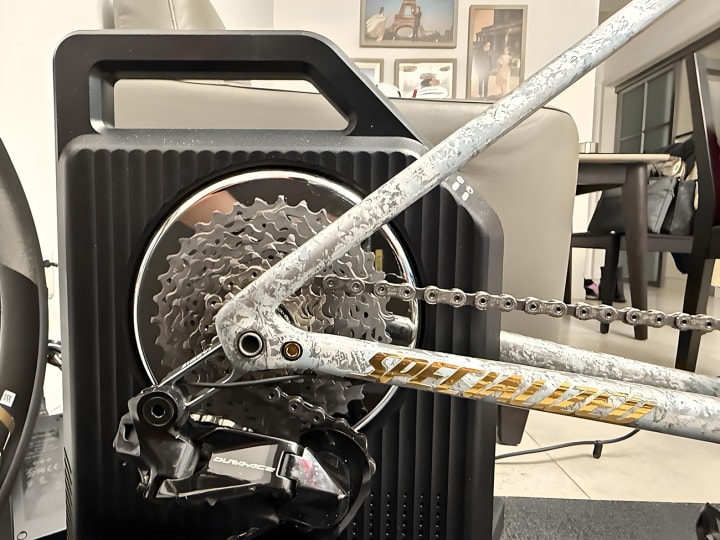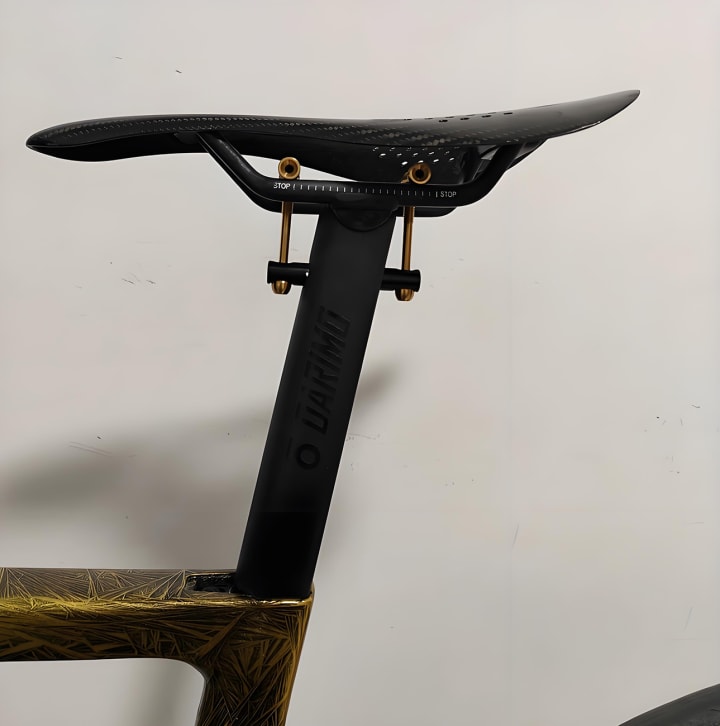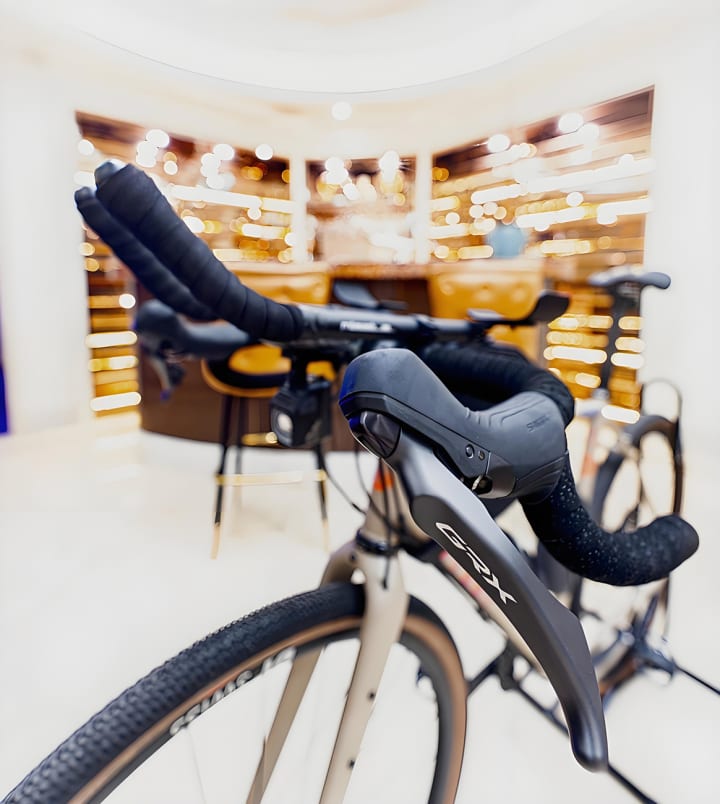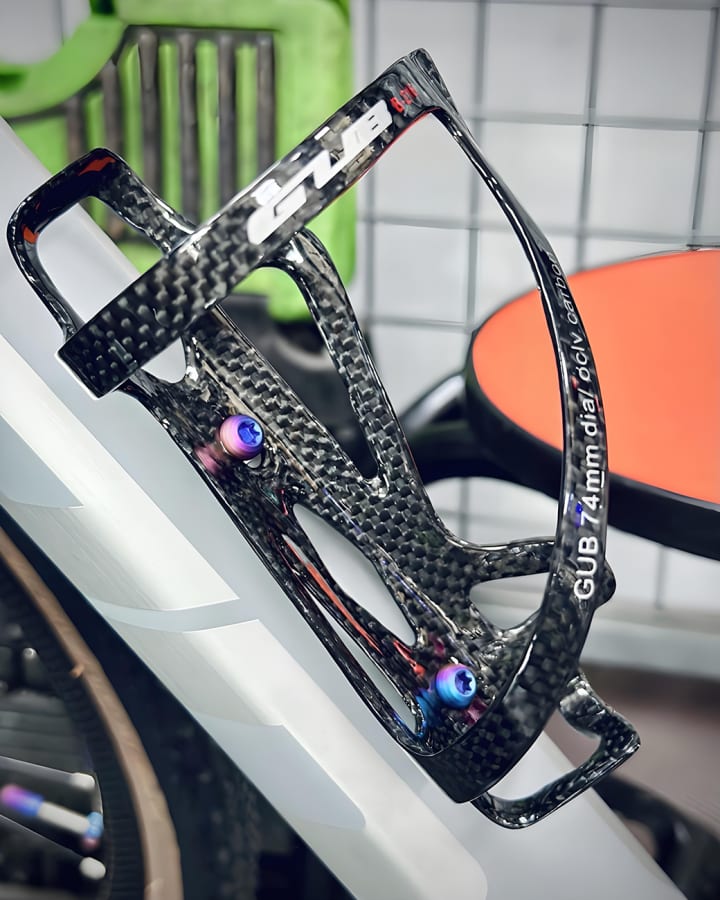
6 Smart Upgrades to Make Your Road Bike Lighter (Without Breaking the Bank)
Share
Want to lighten your road bike without wasting money on the wrong parts? This practical guide breaks down the six most effective upgrades and helps you decide which ones actually suit your riding style and goals.
How to Make Your Road Bike Lighter (Without Wasting Money)
Ask any roadie what's on their mind during a climb, and chances are it's not “What’s for lunch?”—it’s “Why does my bike feel so heavy?”
Whether you’re building from the ground up or slowly replacing stock components, bike weight matters—but so does making smart, personalized decisions. Let’s walk through six popular upgrades that actually make a difference, and how to figure out if they're right for your ride.

1. 🛞 Tires & Tubes: Best Weight Savings per Dollar
Most cyclists underestimate how much tires affect ride quality and weight.
Swapping out your heavy stock tires and tubes for folding clincher tires (200–250g each) and latex or ultralight tubes can easily drop 300–400g.
But weight isn’t the only benefit—you’ll also feel quicker acceleration and better road feedback.
✅ Best for riders who:
- Want to feel a difference right away
- Ride on decent roads where puncture risk is low
- Are on a budget but want measurable results
💰 Cost: ~$30–$60 total for a very noticeable improvement.
2. 🔄 Wheels: The Heartbeat of Performance
Lighter, stiffer wheels reduce rotational weight—making your bike feel like it just got turbocharged.
But choosing the right wheelset isn't just about grams. It’s about riding style:
- Are you a climber? Go low-profile carbon.
- A sprinter? Look for stiffness and aero profile.
- All-rounder? Lightweight alloy wheels can balance cost and performance.
✅ Best for riders who:
- Regularly climb or race
- Want faster acceleration and better handling
- Have a mid- to high-range budget
💰 Cost: $500+ depending on material and brand.
3. 🪑 Saddle: More Than Just Weight
It’s tempting to go ultra-light here (sub-100g carbon saddles exist), but comfort trumps weight.
How to choose?
- Ride more than 2 hours per session? Choose ergonomics over grams.
- Racing crits? Weight and stiffness matter more.
✅ Best for riders who:
- Prioritize fit and comfort over the lightest number
- Know their preferred saddle shape or have done bike fitting
💰 Cost: ~$80–$200

4. Handlebar & Seatpost: Less Weight, More Comfort
These two parts are often overlooked. Going from aluminum to carbon saves 150–200g and absorbs road buzz better—especially useful for longer or rough rides.
But again—fit matters more than weight. Don’t choose a narrow bar just because it’s 20g lighter.
✅ Best for riders who:
- Ride rough pavement or long endurance routes
- Want improved comfort without major compromise
- Have done a proper fit to know their ideal measurements

5. Small Parts, Big Impact: Bolts, Cages, Bearings
Once major components are done, look to the finishing touches:
- Titanium bolts are ~⅓ the weight of steel and corrosion-resistant
- Carbon bottle cages save 40–50g per cage and add a pro look
- Lightweight bearings can improve rolling resistance marginally
👉 I use SpartsBolts.com for titanium bolts. They’re light, tough, and the anodized colors just look incredible.
✅ Best for riders who:
- Are weight weenies chasing the last 100g
- Want to upgrade aesthetics and fine-tune performance
- Like easy, DIY bolt-on upgrades

6. Hardcore Tweaks for Hardcore Riders
These are for the riders chasing grams at all costs:
- Compact cranksets (e.g., 44/30T) for easier climbing
- Cutting seatpost excess (after proper fitting)
- Drilling unused handlebar ends (not for everyone)
- Hollow chains or titanium pedal spindles
These methods work—but only if your base setup is already dialed. For casual riders, they’re fun experiments; for racers, they may be worth the gram-count.
How to Know If an Upgrade Is Right for You
Before buying any part, ask yourself:
- Does this match my riding style? (Climber, sprinter, commuter, etc.)
- Can I actually feel the difference? (Don’t spend $300 to save 20g if you won’t notice it.)
- Is it compatible with my current setup? (Double-check specs and measurements.)
- Is comfort or safety being compromised? (Don't sacrifice fit or reliability.)
- Can I install it myself? (Some upgrades need tools or know-how.)
If the answer feels uncertain—skip it for now. A lighter bike isn’t worth it if you stop enjoying the ride.
★Final Thoughts: Ride What Feels Right
Lightweight is cool. It can help you ride faster and more efficiently.
But don’t get sucked into numbers for the sake of it.
Fit, gearing, comfort, and technique matter more than a few grams.
Cutting 500g might cost you hundreds—improving cadence, choosing the right tire pressure, or getting a better saddle might do more for your performance.
🚀 Lightweight parts are tools, not trophies.
Ride what works for you.
You may also like:
👉 Top 5 Bike Parts to Upgrade with Titanium Bolts
👉 Why Titanium Alloy Bolts Are the Top Choice for Road and Mountain Bikes
👉 Upgrade Your Ride: Stronger, Lighter Bolts for Your Bottle Cage
